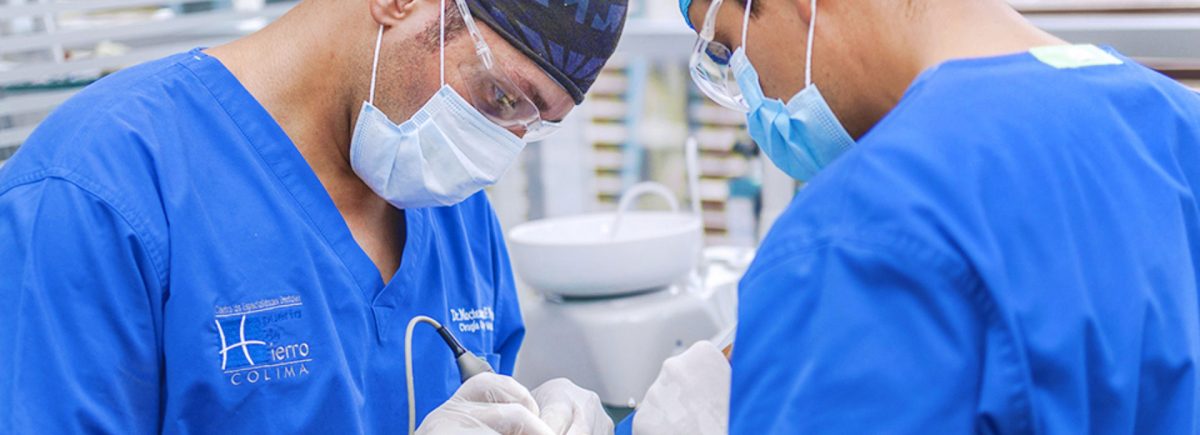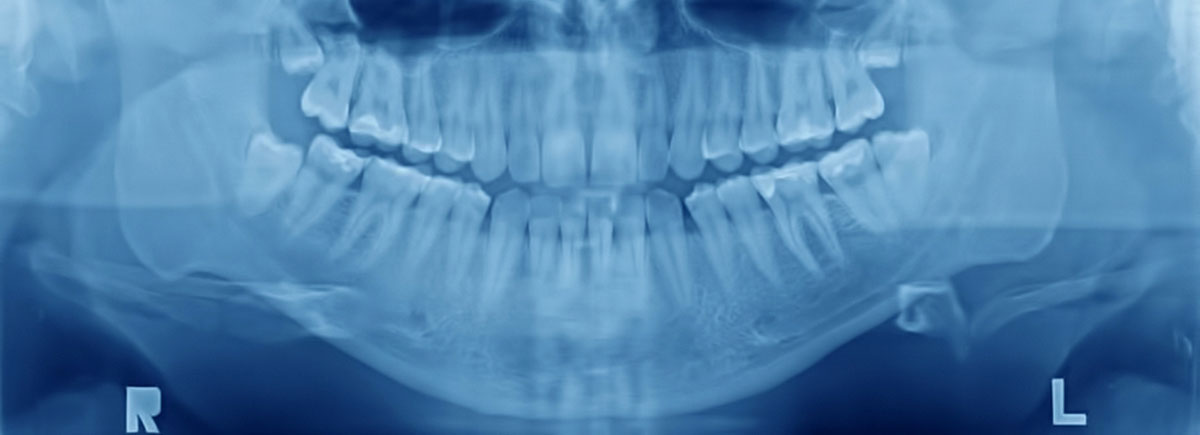The oral and maxillofacial surgeons at our clinic, perform other kinds of dental/facial surgeries, predominantly extracting teeth including the wisdom theet or taking biopsies needed for the analysis of certain diseases like oral cancer.
We also offer bone graft, which can be necessary before placing implants, and orthognathic surgery to correct malposition of the jaws. Of course we work with local anesthesia, but also provide IV sedation upon request.
For more confident if the patient requires, we have immediate access to the emergency department of the Puerta de Hierro Medical Center Colima.
Other enormous advantages that represent having access to operating rooms or sedation areas in cases of Ambulatory Oral Surgery, also the direct access to medical consultations with any other Specialists at the Medical Center, gives us an added value in Patient Care.
In addition to the mentioned specialties, you can also request our services and preventive dental hygiene with ultrasonic devices, such as cleaning and annual reviews. If you are looking for a specific treatment not mentioned here, feel free to ask.






